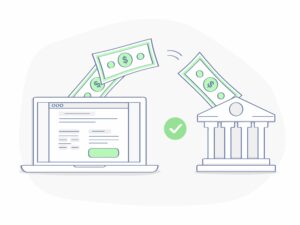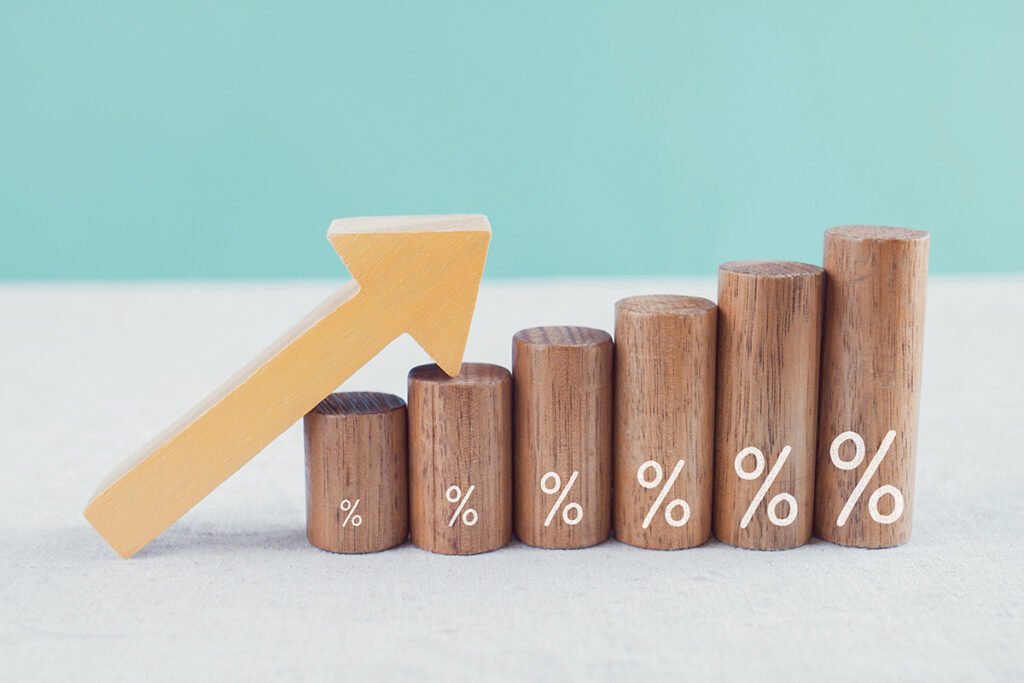A Crash Course in Navigating Credit Cards After Debt Resolution
Coming out of a debt resolution program with credit cards can be scary, even being apprehensive about using a card again. It is comforting to have a credit card, so most people moving beyond debt want to use them again. To help with financial management and confidence, we want to provide some helpful information about the type of card that works best for your lifestyle and finances.
Types of Credit Cards
When shopping for cards that fit your life, pay attention to detail about the benefits that speak most to your needs and wants. Understanding the terms of your credit cards and their associated fees will significantly affect how you set yourself up for a successful financial relationship.
Let’s discuss the three most common types of credit cards that may fit your needs and lifestyle follwoing financial management or debt resolution.

Secured
Rebuilding your credit, or needing to establish it, can make strides to improving your finanical positioning more complicated when applying for credit cards. Secured credit cards require you to make an initial deposit to ensure the bill gets paid.
Although it is not ideal to put down money for a credit card, you must to start somewhere. This is usually an efficient and successful first step. While you are only using your own money, you form a partnership with a lender that will help rebuild your FICO score while managing your finances.
Cash Back

Who wouldn’t want to earn cash back on purchases? These credit cards allow you to earn back a percentage or fixed amount of your spending.
Typically, you can redeem that earned money at the end of the billing cycle or once you reach a certain number. Cash-back credit cards can be an excellent incentive for being more selective about how you swipe your card.
One key point with cash-back cards, this is your money. The object is to use what you spent, and refuel the card completely. You don’t want to drive around with a half-tank of gas, right? The same goes for these types of cards. Earn cash back buy replacing what you have spent–only then will your usage, credit threshold, APR, and FICO score improve.
Travel

There are so many airlines, and they are all raising rates. Earning points on your travels can significantly work in your favor with these kinds of credit cards.
Travel cards earn points and miles toward tickets, hotels and other travel-related spending. Other travel rewards through loyalty programs can be used toward travel expenses, airport lounge access, free checked bags, and even bonus rewards for accuring mileage benchmarks.
If you love to travel, what more of a reason do you need to use this credit card and manage your future effectively?
Interest Rate vs. Annual Percentage Rate

The APR rate is the annual percentage rate, often confused with the interest rate you will pay on the money you have spent on your card after a specific fixed period. Both rates can vary for each person and each card provider. The APR includes other fees associated with the borrowing of money.
For example, if you were purchasing a home, the APR rate could consist of insurance, closing costs and additional loan fees. When you apply for a credit card, it is essential to look at the fee each card will carry. Comparison shop to ensure you are getting the best rate. Higher interest fees can mean higher monthly payments.
This answer is not one size fits all. The amount of credit cards you decide to open is solely your decision. But it’s good to set a personal boundary of credit cards you use at one time. Remember that whatever you spend, you are responsible for paying it off in full.
How Many Cards Should I Have?

Often the more cards you have, the more difficult it can be to keep up with balances, payment amounts or card limits.
Try writing down all the payment due dates and setting reminders for them. When you log in for a balance payment, review the transaction history and note what you use this card for the most.
The key is understanding that sometimes more is just more when concerning the different avenues of credit you have in your wallet or purse. Most FICO experts will tell you that you only need two or three to manage your credit build efficiently. Although lenders and creditors appreciate variety on a credit report, they prefer mastery of using your credit for purpose than spending frivously.
If this information has helped you, enjoy your credit and those cards.
